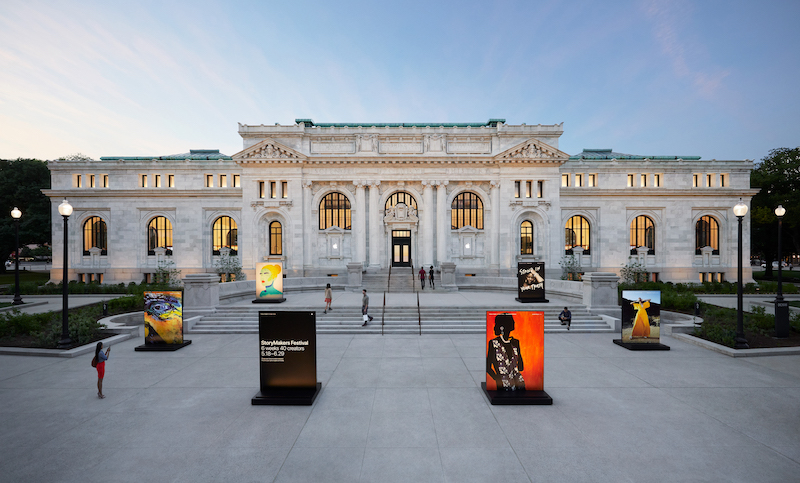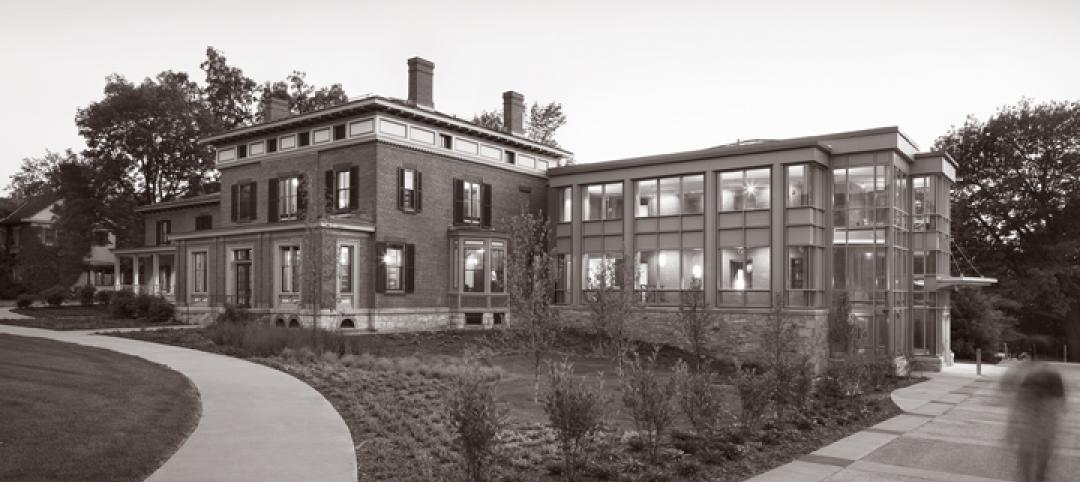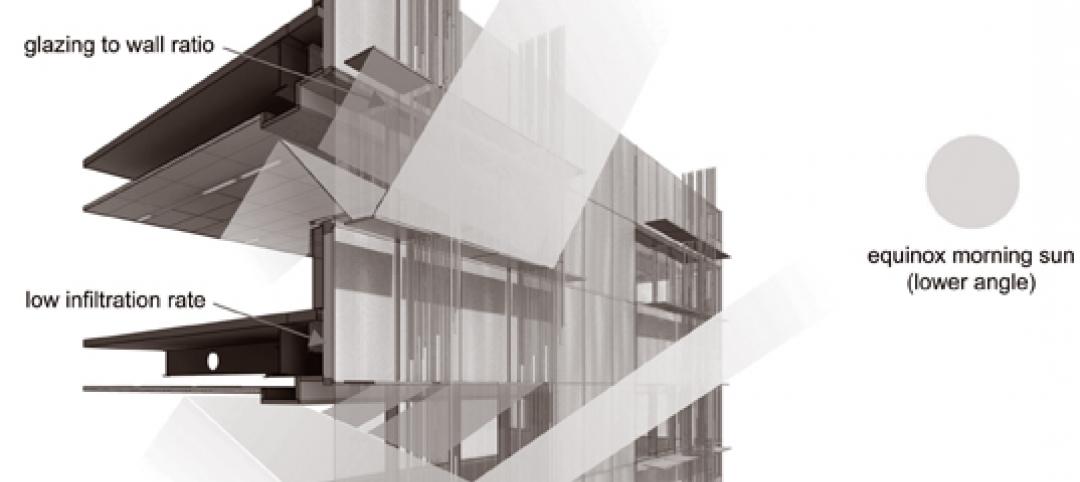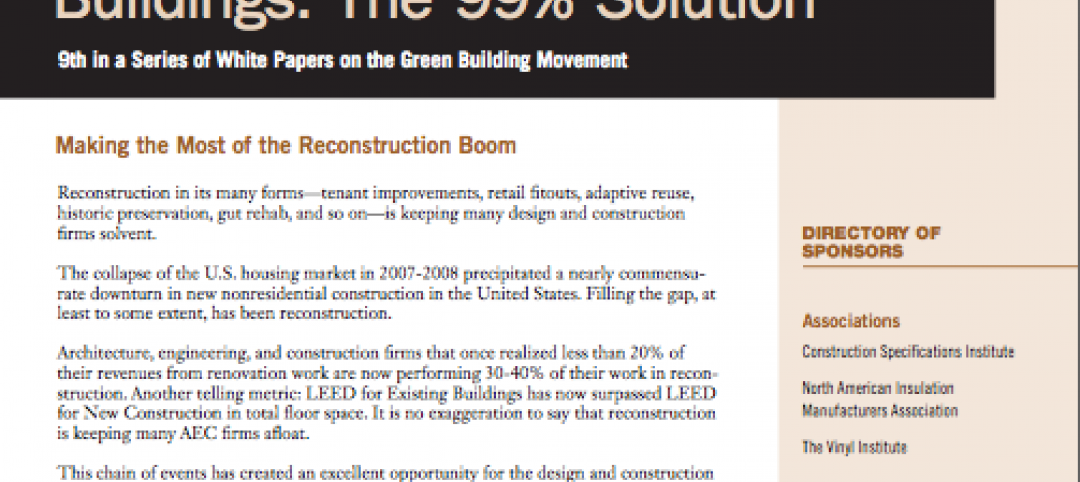Some may view the conversion of a historic Washington, D.C. library into an Apple store as a sign of the end of times; exchanging knowledge for shiny new Apple products. But in reality, it isn’t quite that bad.
The Carnegie Library, originally funded by Andrew Carnegie and first opened in 1903, was Washington, D.C.’s first public library (and the city’s first desegregated public building) and remained in service until 1970. Soon after, the Beaux-Arts style building fell into a period of neglect until Foster + Partners, Beyer Blinder Belle, and Apple decided to restore the building to its previous luster.
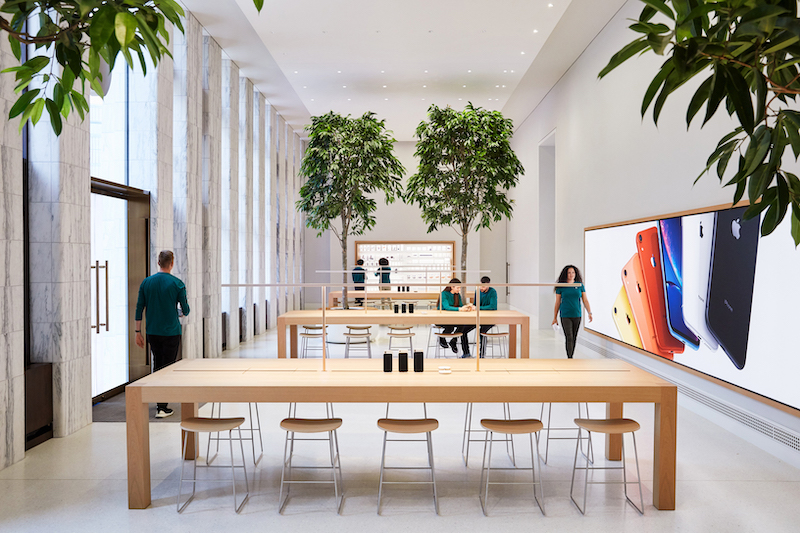
The two companies worked with conservation experts to preserve the historic facades, return the interior spaces to their original footprints, and restore distinctive early 20th century detailing. An urban route through the building was created with entrances on both sides of the north-south axis. The original, southern entrance to the building is fronted by a grand public plaza that will host public concerts and events.
See Also: 18 Carbon fiber wings grace Foster + Partners-designed Apple Dubai Mall terrace
Inside, the building’s heart has been transformed into a double-height space that is capped with a new skylight to bring light deep into the interior spaces. This is where the Forum forms the creative hub of the building; a place where experts from various fields will host free talks, performances, and workshops for the public, viewable from two levels.
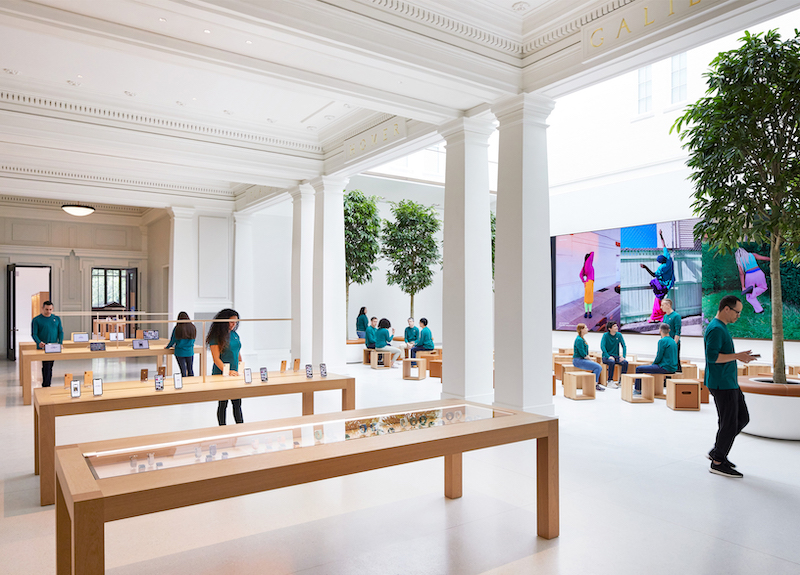
A grand staircase leads up to the DC History Center on the second floor, and down to the Carnegie Gallery, which displays historic photographs and documents about the origins and history of the building, in the basement. The upper levels of the building will continue to be occupied by the Historical Society of Washington, D.C.
The palette of materials used was chosen to suit the historic surroundings and was inspired by the unique early 20th century detailing of the building. “The materiality and detailing of the historic facades and interior spaces have been carefully preserved, working closely with the Nation Trust for Historic Preservation and other conservation experts,” said Stefan Behling, head of Studio, Foster + Partners, in a release.
Apple Carnegie Library opened on Saturday, May 11. For the following six weeks, a StoryMaker festival will bring 40 artists, poets, activists, musicians, photographers, filmmakers, lawmakers, and community builders to tell their stories inside the renovated building.
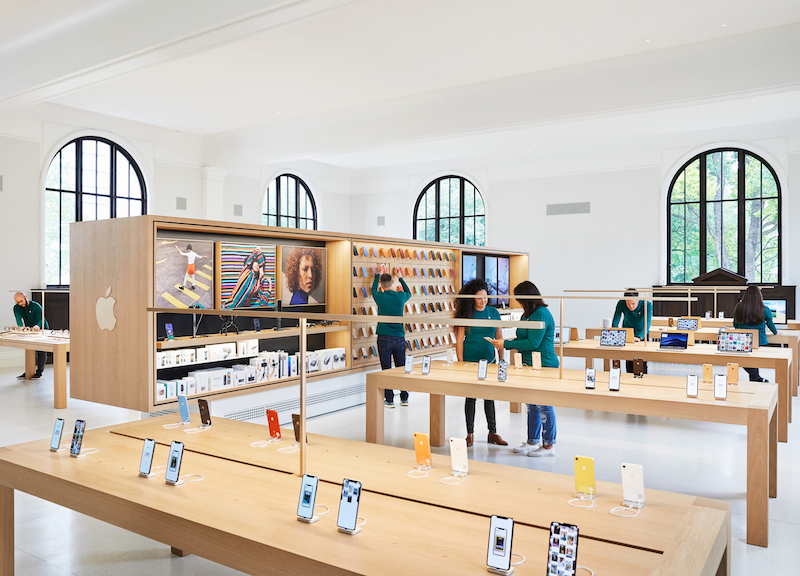
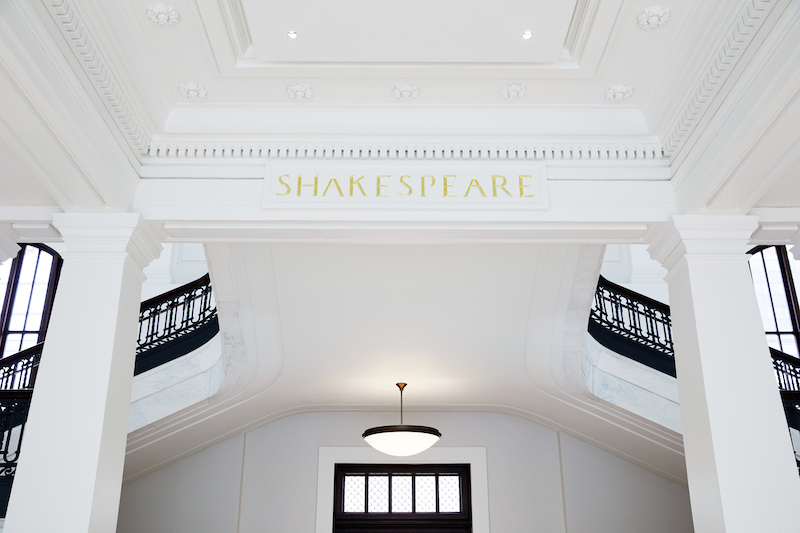
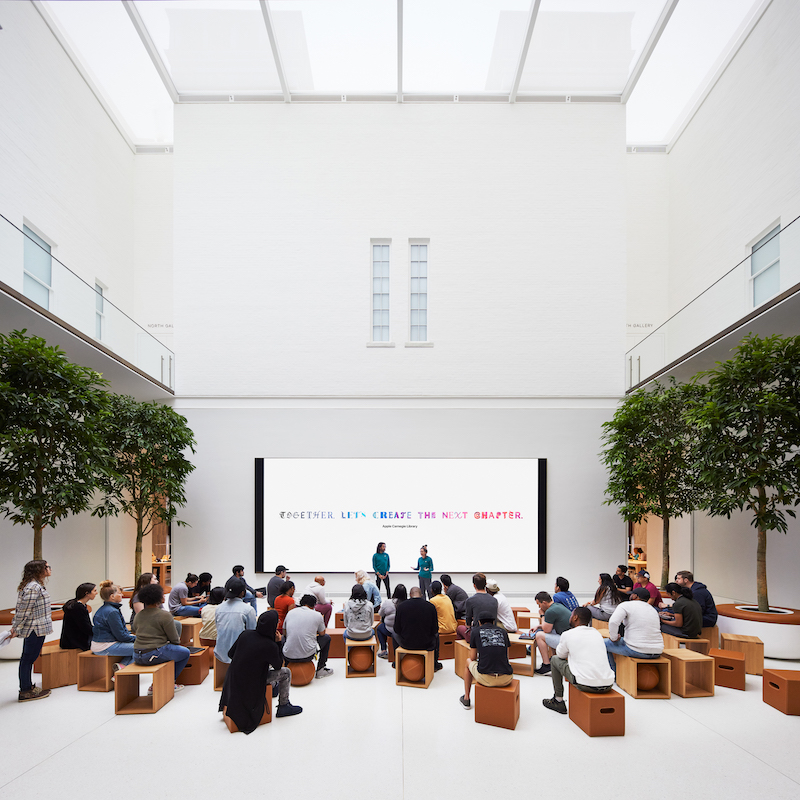
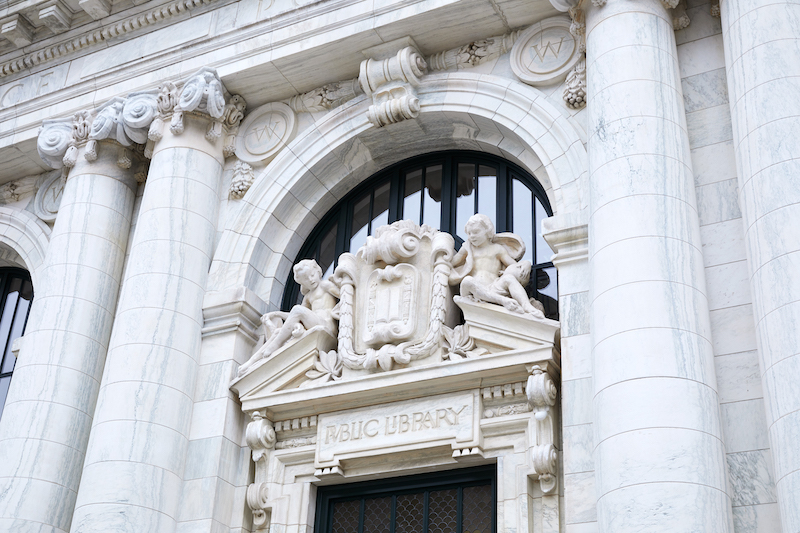
Related Stories
| May 11, 2012
Chapter 8 High-Performance Reconstruction and Historic Preservation: Conflict and Opportunity
What historic preservationists and energy-performance advocates can learn from each other.
| May 10, 2012
Chapter 7 When Modern Becomes Historic: Preserving the Modernist Building Envelope
This AIA CES Discovery course explores the special reconstruction questions posed by Modern-era buildings.
| May 10, 2012
Chapter 6 Energy Codes + Reconstructed Buildings: 2012 and Beyond
Our experts analyze the next generation of energy and green building codes and how they impact reconstruction.
| May 10, 2012
Chapter 5 LEED-EB and Green Globes CIEB: Rating Sustainable Reconstruction
Certification for existing buildings under these two rating programs has overtaken that for new construction.
| May 10, 2012
Chapter 4 Business Case for High-Performance Reconstructed Buildings
Five reconstruction projects in one city make a bottom-line case for reconstruction across the country.
| May 10, 2012
Chapter 3 How Building Technologies Contribute to Reconstruction Advances
Building Teams are employing a wide variety of components and systems in their reconstruction projects.
| May 9, 2012
Chapter 1 Reconstruction: ‘The 99% Solution’ for Energy Savings in Buildings
As a share of total construction activity reconstruction has been on the rise in the U.S. and Canada in the last few years, which creates a golden opportunity for extensive energy savings.
| May 7, 2012
4 more trends in higher-education facilities
Our series on college buildings continues with a look at new classroom designs, flexible space, collaboration areas, and the evolving role of the university library.
| May 3, 2012
NSF publishes ANSI standard evaluating the sustainability of single ply roofing membranes
New NSF Standard provides manufacturers, specifiers and building industry with verifiable, objective criteria to identify sustainable roofing products.


